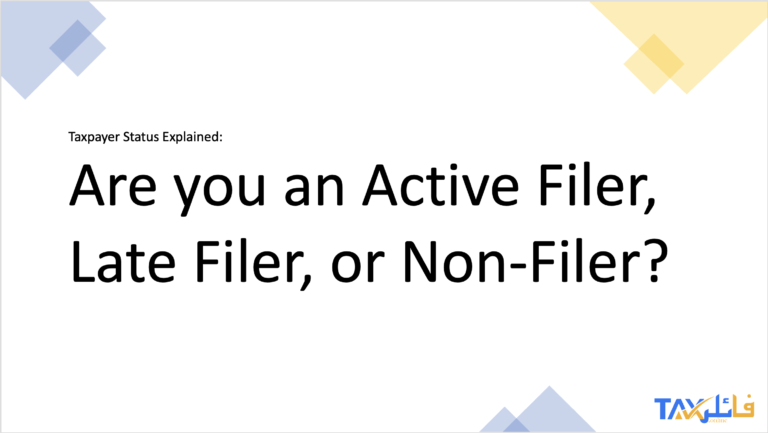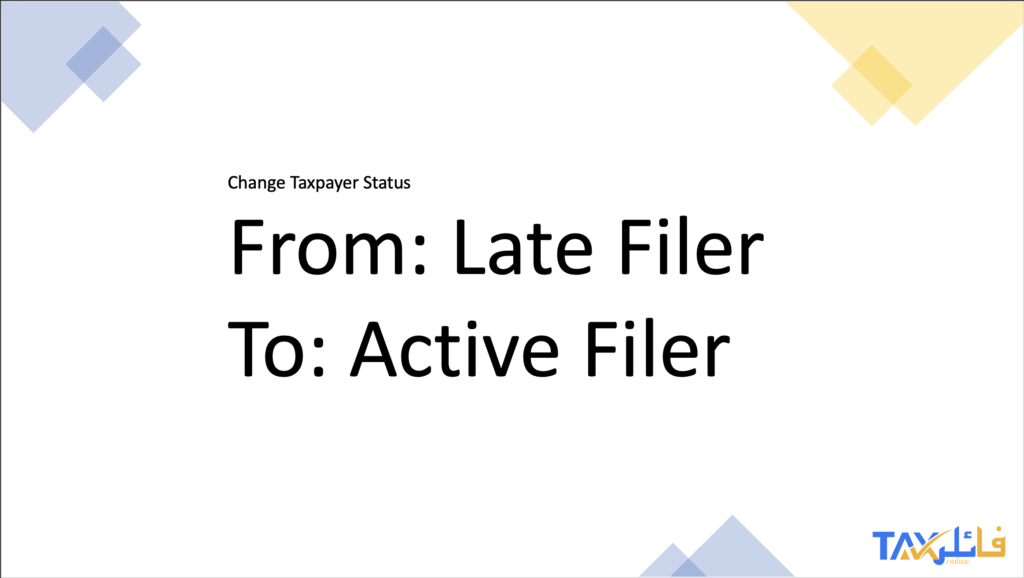
Quick Summary for Active Filer, Late Filer, or Non-Filer
- Active Filers: Those who file their income tax return within the due date.
- Late Filers: Those who file their income tax return after the due date and pay a late surcharge fee to be included in the Active Taxpayer List (ATL).
- Non-Filers: Those whose names do not appear in the Active Taxpayer List (ATL).
In tax terminology, Active Filer, Active (Late) Filer, and Non-Filer refer to different taxpayer statuses based on compliance with tax return filing requirements. Here’s the difference between them:
Active Filer
- A taxpayer who regularly files income tax returns within the due date.
- Their name appears in the Active Taxpayer List (ATL) of the Federal Board of Revenue (FBR).
- They enjoy lower withholding tax rates on banking transactions, property transactions, vehicle registration, and other financial dealings.
Active (Late Filer)
- A taxpayer who files their tax return after the deadline.
- Initially, they are not included in the ATL, but after paying a penalty or surcharge, their name is added to the Active Taxpayer List (ATL).
- They face higher withholding taxes on the sale and purchase of property compared to an Active Filer.
- Their status will be changed to Active Filer once they file the latest tax year return within the due date.
Non-Filer (In-Active)
- A person who has not filed their tax return at all, despite being liable to do so.
- A person who has filed their tax return after the due date but did not pay the late surcharge fee.
- Their name does not appear in the ATL, and they face the highest withholding tax rates.
- They may also face legal penalties, fines, or restrictions on financial transactions.


